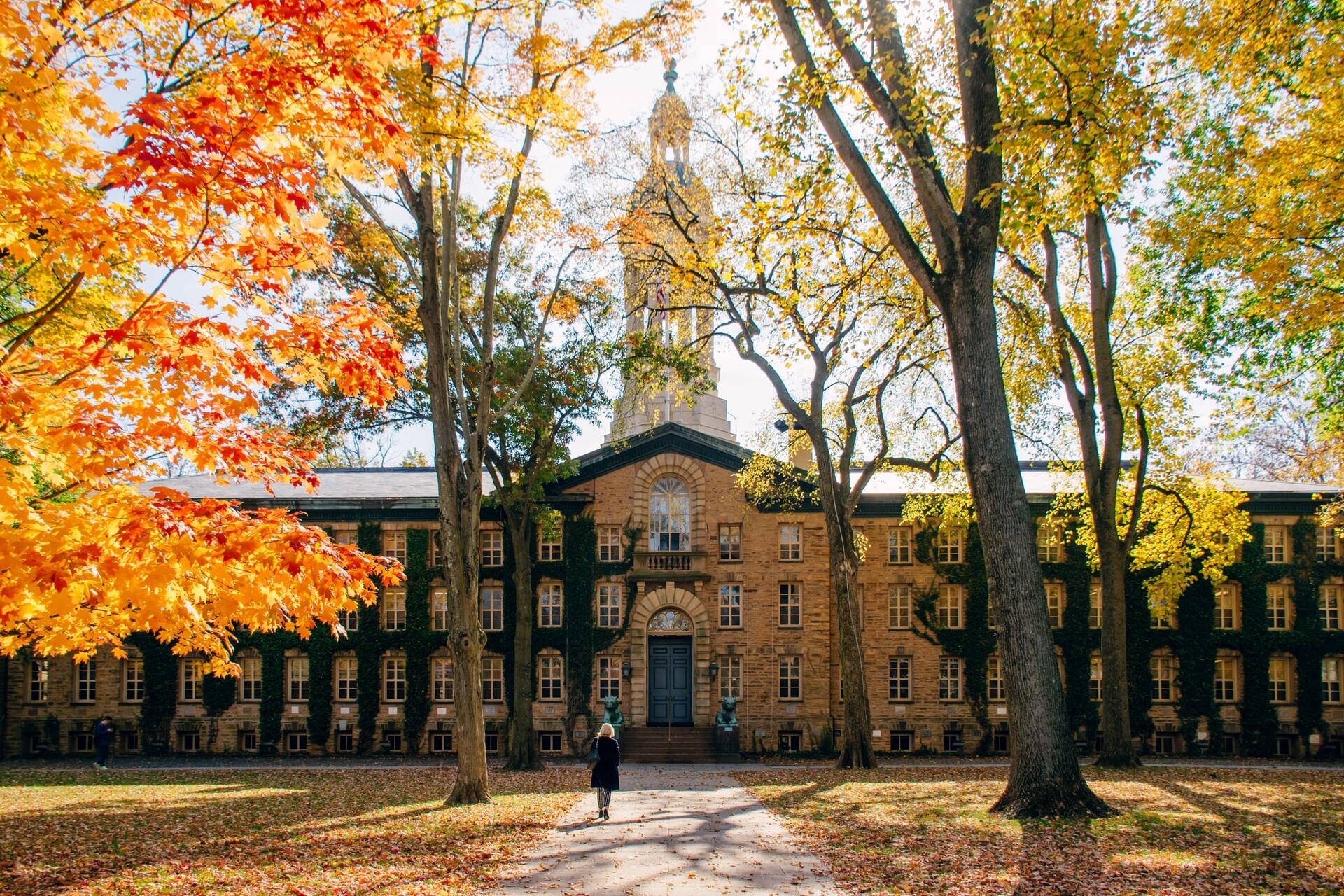
We are a reader-supported education publication. When you buy through links on our site, we may earn an affiliate commission to help us keep providing content.
As you’re getting ready for college, you might be interested in looking at the Ivy League universities. You may know them as the prestigious, often oldest colleges in the United States. They’re fantastic pillars of education and their status gives them note over many other schools. But what are the Ivy League schools?
It’s a prominent title, but the individual schools within the league can be hard to know off the top of your head. Here is a list of the Ivy League universities, their histories, and what the title really means.
What Is the Ivy League?
The definition of the Ivy League is a group of eight universities with high social and academic notoriety. Simply put, it’s a gathering of a few stand-out colleges that most people know based on their names and education.
Because of their elite status, they’ve become the alma mater of many prominent scientists, politicians, and other great thinkers. Unfortunately for many, this means the price of attending them has been unattainably high. If your goal is to join their ranks, you might want to read up on scholarships so you can help assure your financial stability.
The Ivy League’s History
When did the Ivy League come about? The schools themselves existed for hundreds of years, but the league is actually relatively recent. In fact, the name only came about in the 1930s.
Though it may just be a story, a New York Herald-Tribune writer was likely the one who coined the now-famous name. They had been a sports columnist for the newspaper who was reporting on a soccer game between two of the big universities. While they might have thought it was a dig to call the schools old and “ivy-covered”, it actually became the new moniker for them.
The official Ivy League would come about in 1945. While you may have thought they formed it to create a league of academics, it was actually to harmonize athletics and academics. The schools as you know them now were big on sports and formed an athletics conference to compete against each other.
However, people currently know them exclusively for their academic prowess, status, and future networking opportunities.
What Are the Ivy League Schools? Here’s the List
From oldest to most recent, here is a list of all Ivy League universities. Additionally, there’s a brief overview of some of their history.
1. Harvard University
Not only does Harvard have the status as the oldest of the Ivy Leagues, but it’s also the oldest college in the U.S. In 1636, the Massachusetts Bay Colony voted to establish the school in Cambridge. There are 14 schools within the university, with one college dedicated to undergraduates and 13 others for professional and graduate students.
2. Yale University
While clergy members in the colonies first conceptualized Yale in the 1640s in Connecticut, the actual school was founded in 1701. They initially called it the Collegiate School, but it became Yale in 1718 when Welsh merchant Elihu Yale donated money, books, and a portrait of King George I. Like Harvard, Yale has one undergraduate school and 13 graduate and professional schools.
3. Princeton University
In 1746, Princeton was chartered as the College of New Jersey. It would move from the town of Princeton to Newark just a year later and moved back again in 1756 when they finished building Nassau Hall. Congress used this building as the U.S. Capitol in 1783, but it wouldn’t officially be named Princeton for over 100 years.
4. Columbia University
Columbia was actually founded in New York by the charter of King George II in 1754, who named it King’s College. One of its claims to fame is it became the first American school to offer a medical M.D. degree in 1767. Following the Revolutionary War, the college reopened under its new name of Columbia.
5. University of Pennsylvania
Benjamin Franklin helped to open the University of Pennsylvania — or UPenn — in 1749, but the school wouldn’t get its official charter until 1755. UPenn was the first to open a medical school and to be named a university. The school currently has over 180 buildings and 190 research facilities.
6. Brown University
Brown was created in 1764 and was the first college to accept students from all religious backgrounds. It was originally the College of Rhode Island in Warren but later moved to Princeton and got renamed Brown in 1804. Currently, Brown grants an average of 100 M.D. degrees each year.
7. Dartmouth College
Dartmouth found its origins on Abenaki land in New Hampshire in 1769. While it was originally formed to teach local Native American students Christianity, it eventually became consumed by the European males of the country. However, it would revive that commitment in the 1970s — more than 70 native tribes currently attend Dartmouth for education in many different subjects.
8. Cornell University
While Cornell isn’t new by any means, it is the youngest in the Ivy League. Officially chartered in 1865, Senators Andrew Dixon White and Ezra Cornell established the university in the same year in New York. It opened its doors three years later. Cornell originally only had two divisions but now has many undergraduate, graduate, and research courses.
Learn About the Ivy League Schools
If you’re interested in attending any of these schools, learning about their histories is a fascinating place to start. What are the Ivy League schools? They’re a group of historic colleges that currently have outstanding academic programs.
latest in learning!
Get the latest updates in learning, teaching and everything in between! Whether you're a student or an educator, we offer the inspiration you need to fuel your classroom experience.









